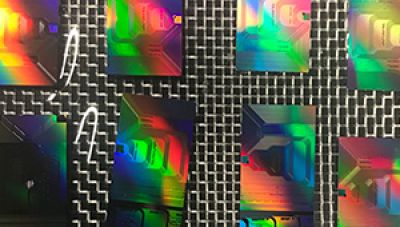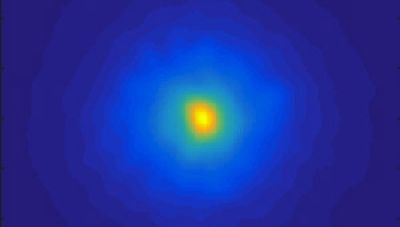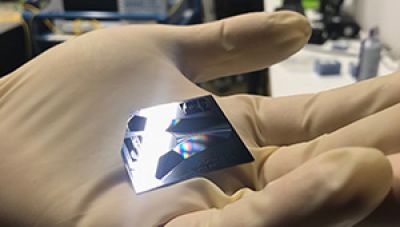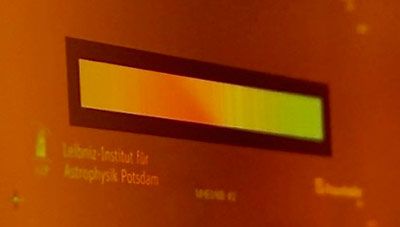Astrophotonics
The Integrated Astrophotonics project at innoFSPEC Potsdam explores the application of integrated optics in astronomical instrumentation. Our goal is to develop and test photonic components that bring miniaturization, precision, and efficiency to next-generation observatories.
The work spans the entire development chain — from design and fabrication of components, to laboratory testing under realistic conditions, and ultimately, on-sky validation.
By engaging with cutting-edge photonic technologies, our team contributes to both fundamental and applied photonics research. These advances not only support progress in astronomy but also foster technology transfer to industry, enabling broader applications of our innovations beyond astrophysics.
“Integrated Astrophotonics” includes five main research activities:

Discrete Beam Combiner
The interferometry activity of the Astrophotonics group addresses the development of three-dimensional integrated-optics beam combiners for infrared stellar interferometry.

Optical Frequency Combs
Optical frequency combs (OFC) are light sources consisting of a regular array of narrow spectral lines.

AO-assisted Astrophotonics

Arrayed Waveguide Grating and Echelle Gratings
Integrated spectrometers on the basis of AWGs and photonic Echelle gratings are important instruments for airborne and spaceborne spectroscopic surveys.

Fibre Bragg Gratings
Low-mass stars and brown dwarfs emit a substantial fraction of their light at NIR wavelengths and NIR spectroscopy is the most efficient way to study these objects.
Contact

Dr. Kalaga Madhav
Phone: +49 331 / 7499-390
Email: